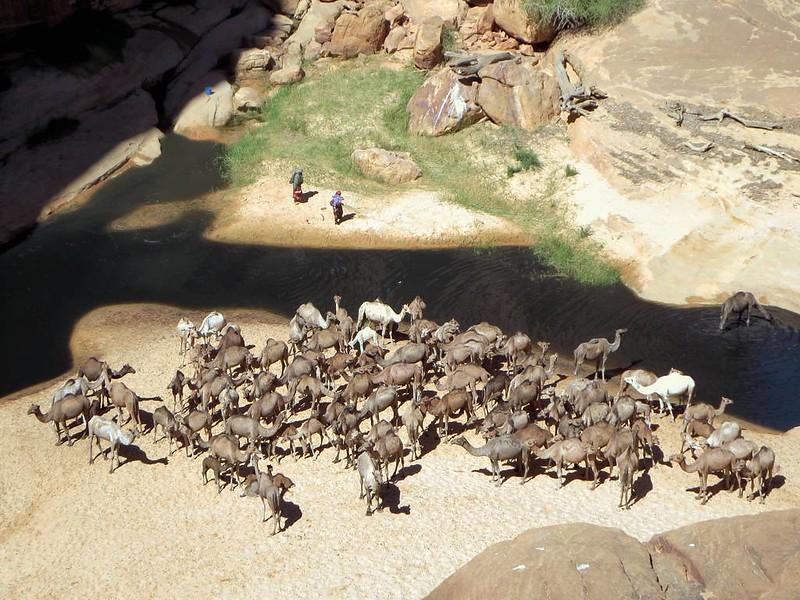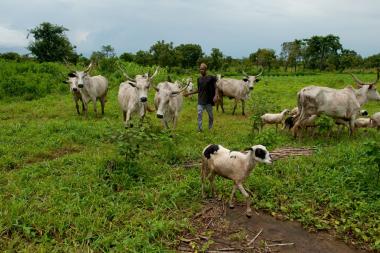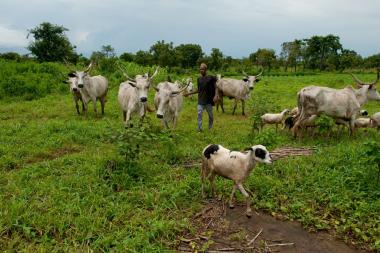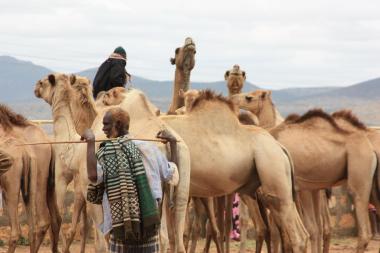Issue brief: Transboundary climate risks to African dryland livestock economies
This brief explores how policies at the sub-national, national and regional levels can help and hinder options for the management of transboundary climate risks at local, national and regional levels.
Pastoralism and the livestock sector, including cross-border trade of live animals and animal products, contributes between 5 to 30 per cent of the national Gross Domestic Product (GDP) of African dryland countries. Livestock production employs a mixture of strategies along a mobility continuum, historically adopted to suit dryland environments. Historically, livestock routes followed the rains and vegetation. This movement reduced the risk of resource degradation, contributed to soil fertilisation via livestock dung and was a disaster resilient livelihood mechanism through which herds were protected from drought, disease and conflict.
Yet, the ability of various pastoral groups and points along the livestock value chains to adapt to climate change risks that spread across borders is being challenged by a number of non-climate changes. Pastoral rangelands and livestock routes within and across countries are increasingly being encroached upon and fragmented by cities, farming, and mineral and fossil fuel exploration. This brief explores how these and other non-climate factors combine with climate change to generate multiple, compounding transboundary climate risks (TCRs) ranging from livestock disease to trade disruptions to resource degradation.
The brief highlights how existing options for TCR management at local, national and regional levels are both helped and hindered by sometimes contradictory socioeconomic, human mobility, agricultural, adaptation and natural resource management policies at the sub-national, national and regional levels.



